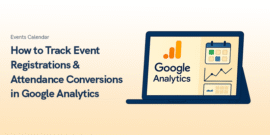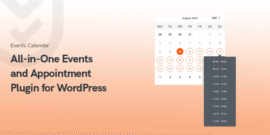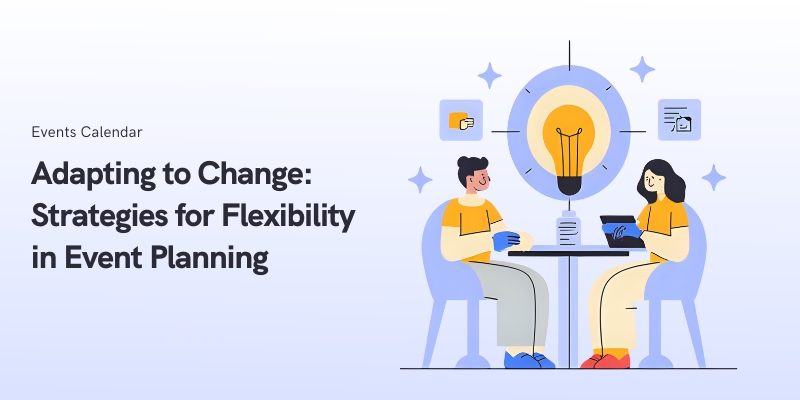
Adapting to Change: Strategies for Flexibility in Event Planning for 2025
The event industry never sits still—it’s constantly evolving.
Tech innovations, shifting audience demands, and global disruptions keep reshaping how we design experiences.
In this fast-paced environment, adaptable planning isn’t just helpful anymore; it’s the backbone of success.
Being able to pivot on short notice separates memorable events from those derailed by surprises, keeping audiences hooked and outcomes meaningful.

Enter tools like the Modern Events Calendar (MEC), a game-changer for planners juggling last-minute curveballs.
Built to simplify real-time adjustments, MEC turns logistical headaches into manageable tasks, letting teams focus on creativity over crisis control.
This blog breaks down why agility is today’s non-negotiable event skill and how platforms like MEC are redefining what’s possible as we look toward 2025’s challenges.
Understanding the Importance of Flexibility in Event Planning
Navigating Uncertainties
Let’s face it—events live on a knife’s edge these days. Between health crises, climate chaos, and supply chain nightmares, organizers need ninja-level contingency planning.
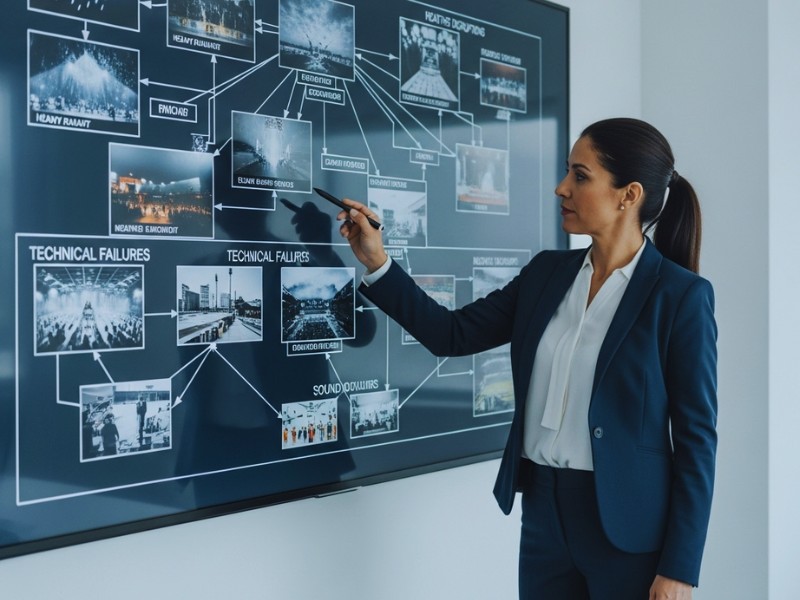
Savvy teams aren’t just brainstorming Plan B anymore—they’re building Swiss Army knife strategies that bend without breaking.
This shift from rigid blueprints to living plans doesn’t just save events from disaster; it turns planners into trusted partners who’ve got their clients’ backs when life throws curveballs.
Given the unpredictability of global challenges, it’s essential for planners to stay ahead of industry trends. Understanding the evolving impact of crises on the events industry can be crucial—read more about it here.
Meeting Diverse Attendee Preferences
Modern attendees?
They want it all.
Die-hard networkers craving handshakes, homebodies in sweatpants tuning in remotely, and everyone in between.
The magic trick?
Designing chameleon events that morph to fit diverse vibes.
Real talk: hybrid isn’t just a buzzword—it’s survival gear.
Smart teams are ditching one-size-fits-all thinking for mix-and-match experiences, letting participants choose their adventure.
Nail this balancing act, and you’ll turn casual attendees into raving fans.
A strong event marketing strategy ensures diverse audiences remain engaged before and after the event. Learn about event hashtags and engagement strategies to maximize reach.
Implementing Flexible Event Structures
Hybrid Event Models
Hybrid events aren’t just pandemic relics—they’re the ultimate safety blanket for our unstable world.

While doubling your potential crowd, they let you pivot entire segments online if venues go dark.
Tools like MEC act as mission control, helping teams juggle staggered time zones, hybrid tech hiccups, and real-time audience pulse checks.
Bonus perk?
Sponsors eat up the global visibility, making ROI arguments way easier.
Modular Agendas
Gone are the days of locked-in run sheets.
The hot ticket? Modular agendas that adapt like playlist shuffles. Tech glitches? Swap in that pre-recorded panel.
Speaker flight canceled? Bump up the workshop block.
This jazz improvisation approach keeps energy high when chaos strikes.
Leveraging Technology for Adaptable Event Management
Modern Events Calendar (MEC) Features
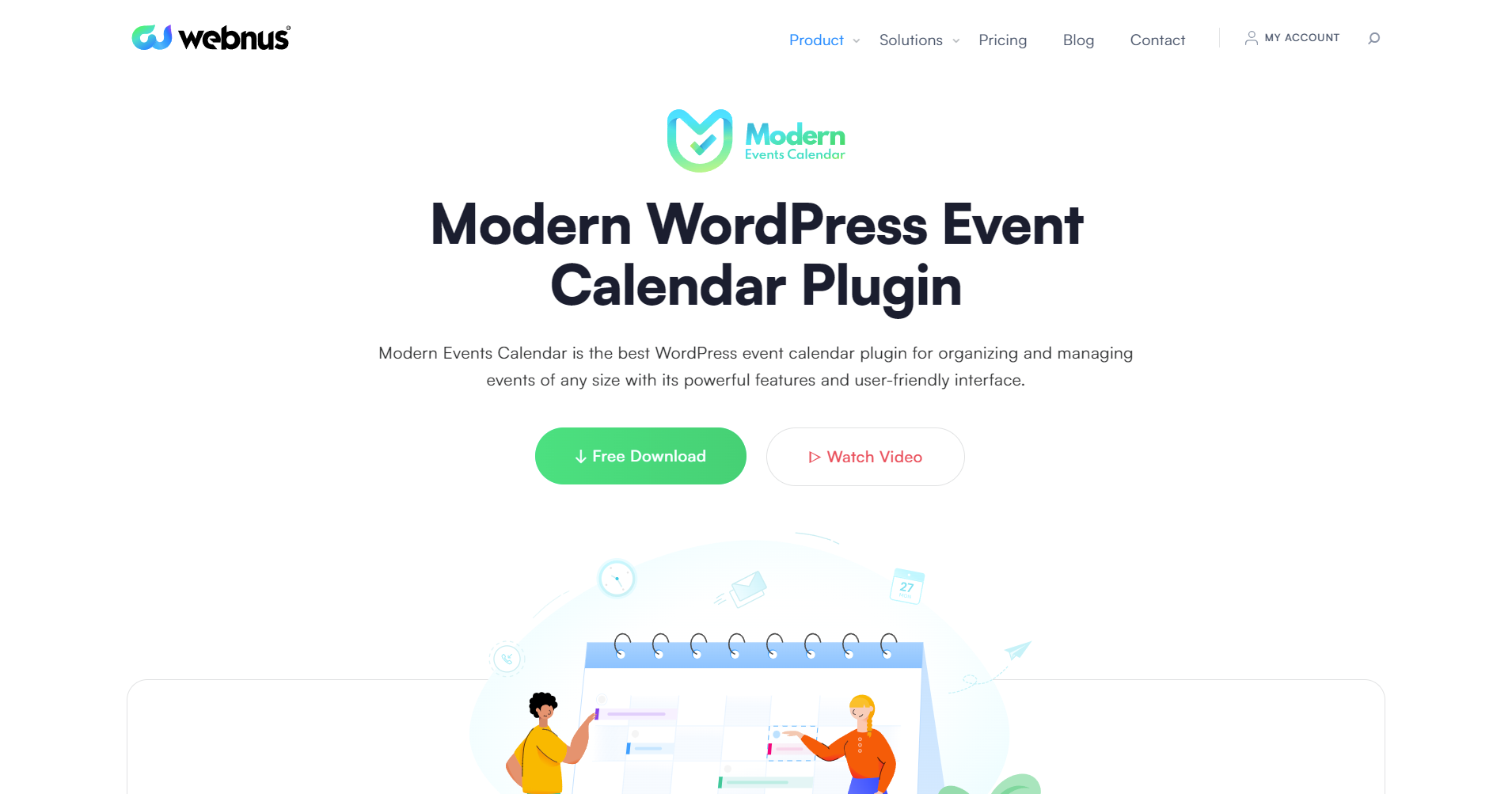
Let’s be real—pulling off seamless events in today’s climate requires tools that can keep up.
That’s where MEC shines. It’s not just another calendar plugin; it’s a full-scale command center for modern planners.
Need to flip an in-person conference to hybrid last-minute?
MEC’s got your back with virtual streaming support and drag-and-drop customization.
Handling ticket sales and registrations? Its built-in booking system cuts out third-party headaches.
The best part?
You don’t need a tech degree to use it—the intuitive dashboard lets you tweak layouts and logistics without drowning in complexity.
Real-Time Communication Tools
Ever seen an event derailed by a missed update?
Yeah, us too.
That’s why live communication isn’t just nice to have—it’s the glue holding flexible events together.
When weather cancels a venue or a speaker drops out, instant alerts (via email, SMS, or push notifications) keep attendees looped in before rumors start flying.
This kind of transparency isn’t just damage control—it’s how you turn potential frustration into attendee loyalty.
Plus, with live chat and Q&A features, staff can troubleshoot issues on the spot, turning chaos into “Wow, they’re on top of things!”
Developing a Flexible Event Team
Cross-Training Staff
In the event world, surprises aren’t a matter of if but when.
That’s why savvy planners ditch rigid job descriptions in favor of multi-skilled teams.
When your AV tech can troubleshoot registration and your marketer knows basic stage management, you’ve built an unstoppable squad.
This Swiss Army knife approach doesn’t just prevent bottlenecks—it creates a “got your back” culture where team members step up seamlessly when things go sideways.
Encouraging Continuous Learning
Let’s be honest—what worked last season might already be outdated.
The teams thriving in 2025 aren’t waiting for change to hit them; they’re devouring industry blogs, testing new tech, and running monthly “what if” scenario drills.
This hunger for knowledge turns good planners into visionaries who spot opportunities where others see obstacles.
For nonprofit event planners looking to maximize impact while working with tighter budgets, strategic planning is key. Here are expert tips on nonprofit event planning.
Engaging Attendees Through Adaptive Strategies
Personalized Experiences
Generic events are forgettable.
The real magic happens when an attendee thinks, “This feels like it was designed for me.”
Smart planners use attendee surveys, past behavior data, and even social media cues to craft hyper-relevant content.
Maybe it’s suggesting sessions based on a participant’s job role or offering vegan catering because 40% of your audience tagged #PlantBased.
These thoughtful touches transform passive attendees into active participants—and loyal brand ambassadors.
Interactive Platforms
Today’s audiences don’t want to just sit and listen—they want to curate their adventure.
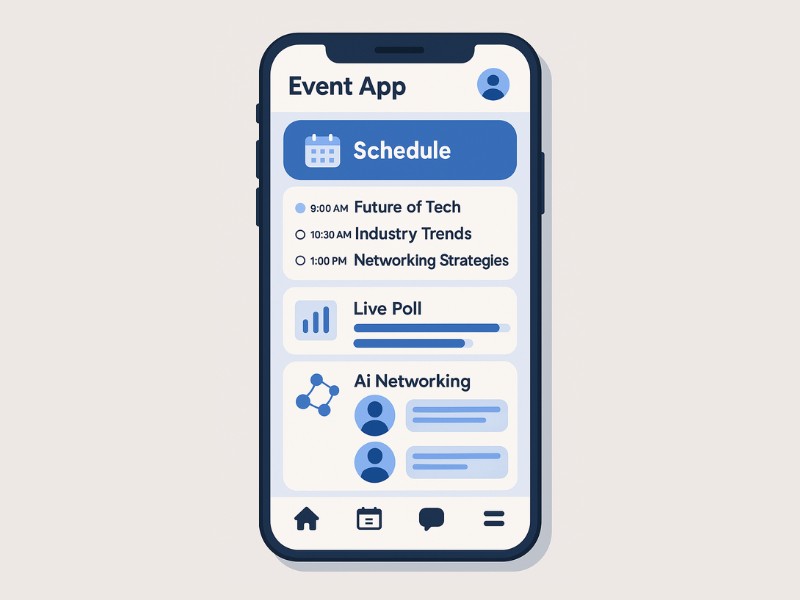
Event apps with customizable agendas, live polling, and AI-powered networking suggestions put control in attendees’ hands.
Bonus? Every click and interaction becomes gold dust for improving future events.
When a corporate summit’s post-event report shows 78% of guests used the “build your own schedule” feature, you know exactly where to invest next year.
Monitoring and Evaluating Event Flexibility
The real goldmine after any event?
The unfiltered opinions of everyone involved.
When attendees mention the lunch lines were too long, sponsors share what booths got the most traffic, or your crew notes which tech setup caused headaches—that’s your blueprint for leveling up.
Smart planners don’t just collect surveys; they hunt for patterns.
Maybe three people hated the app interface, or everyone raved about the surprise coffee cart.
These nuggets help you double down on wins and fix pain points before the next show.
Collecting Feedback
Post-event surveys often get tossed aside, but the planners winning in 2025 treat them like treasure maps.
That casual comment about slow lunch lines? Gold.
The sponsor’s offhand remark about wanting more attendee data? Priceless.
Smart teams don’t just collect feedback; they hunt for patterns across three key groups: guests (the experience), partners (the ROI), and staff (the execution).
When the same pain point pops up twice, that’s your bullseye for next time’s upgrade.
Analyzing Outcomes
Let’s cut to the chase: rigidity is the fastest way to become irrelevant in today’s event landscape.
The planners who’ll own the next era aren’t just using tools like MEC—they’re rewriting the playbook entirely.
They know hybrid isn’t a trend, it’s the new baseline.
They understand that last year’s “perfect” agenda might flop tomorrow.
Understanding and tracking event ROI KPIs is essential for long-term success—learn how to measure your event’s success with key performance indicators.
Conclusion
The future belongs to teams who treat every event as a live prototype—testing, tweaking, and evolving.
It’s not about predicting every curveball; it’s about building a team, toolkit, and mindset that can knock any surprise out of the park.
So ditch the “that’s how we’ve always done it” mentality.
Your 2025 attendees are already expecting better.
The question is: will you deliver?

